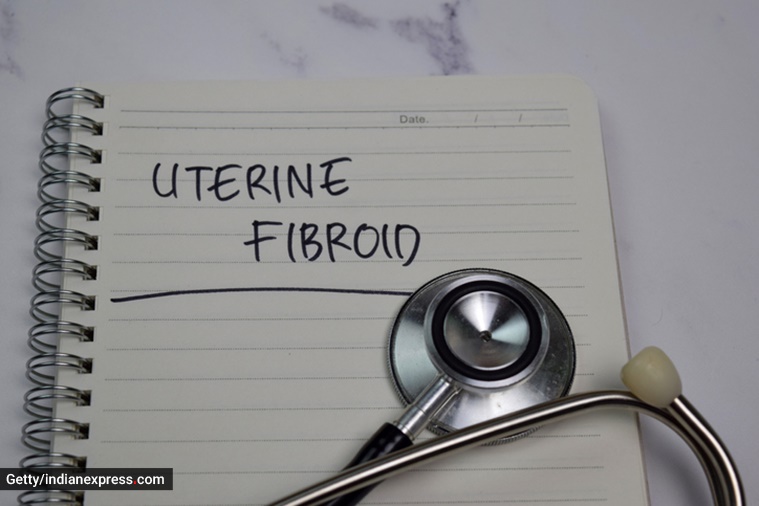Fibroid Awareness Month: What women should know about the condition

Fibroids are non-cancerous cells that grow in the uterus of a woman, which sometimes become large enough to cause extreme stomach pain and heavy periods.
Buy Now | Our best subscription plan now has a special price
According to Dr Maunil Bhuta, interventional radiologist at S L Raheja Hospital, Global Hospital, K.J. Somaiya Hospital & Research Centre, and Surana Sethia Hospital, Mumbai, experiencing uterine fibroids is common in the childbearing years; they are also called ‘leiomyomas’ or ‘myomas’.
“Fibroids can be of different sizes, and some large ones can potentially change the shape and size of the uterus. In extreme cases, numerous fibroids can enlarge the uterus to a level that it reaches the ribs and adds weight,” says the doctor.
What are the causes of uterine fibroids?
According to Dr Bhuta, the causes of fibroids are not specifically known. A few studies and clinical experience, however, point to these factors:
1. Hormonal changes: Menstruation induces the production of hormones like estrogen and progesterone, which allow the formation of the uterine lining in preparation for pregnancy. These hormones, if in excess, seem to develop fibroids, which contain more estrogen and progesterone receptors than common uterine muscle cells. Fibroids will tend to shrink after menopause because of reduction in hormone production.
2. Genetical factor: If the family or relatives have a history of fibroids, there are chances that even other members of the family could develop it.
3. Pregnancy: The formation of estrogen and progesterone increases at a much higher rate during pregnancy, which may lead to the growth of fibroids.
4. Unhealthy lifestyle and deficiency: Research has shown that vitamin D restricts the creation of fibroid tissue by fibroid cells. Consuming alcohol and smoking can enhance the growth of such cells in women.
Symptoms of uterine fibroids
* An increase in urination
* Heavy bleeding, including blood clusters
* Swelling in the lower abdomen
* Menstruation that lasts longer than usual
* Increase in menstrual cramps and pain in the back and lower abdomen
* Experiencing pain during intercourse
Treatment
“There are numerous treatment options, both surgical and non-surgical. Hysterectomies are invasive fibroid surgeries that involve removing the uterus. Similarly, laparoscopic myomectomy is an invasive surgery that removes the fibroid while keeping the uterus intact,” says the doctor, adding that treatment options for uterine fibroids can be minimally invasive, too.
 In extreme cases, numerous fibroids can enlarge the uterus to a level that it reaches the ribs and adds weight. (Photo: Getty/Thinkstock)
In extreme cases, numerous fibroids can enlarge the uterus to a level that it reaches the ribs and adds weight. (Photo: Getty/Thinkstock)
“Fibroid embolization is a process to contract non-cancerous tumours in the uterus. Uterine fibroid embolization shrinks fibroids by closing off their blood supply. The process takes place by infusing tiny particles into the arteries that promote the growth of the fibroids. The particles stick to the vessel wall and lead to the formation of a clot that blocks the blood supply. When the blood supply is gone, the fibroids tend to shrink. This is executed without performing any major surgery.”
Its benefits are that it is:
– Safe and minimally-invasive procedure.
– Recovery is a lot quicker than undergoing a complete surgery for the removal.
– The risk of bleeding and complications is lower than with invasive surgery.
– The success rate is high; more than 85 to 90 per cent of women treated with embolization have no further symptoms.
– Conceiving is possible after fibroid embolization.
– Done under local anesthesia; less invasive than open or laparoscopic surgery to remove individual fibroids.
“The size and area of fibroids may influence how well embolization will function. One must consult a doctor before undergoing the process, and consider the age, risk factors, and side effects,” Dr Bhuta concludes.
? For more lifestyle news, follow us on Instagram | Twitter | Facebook and don’t miss out on the latest updates!

